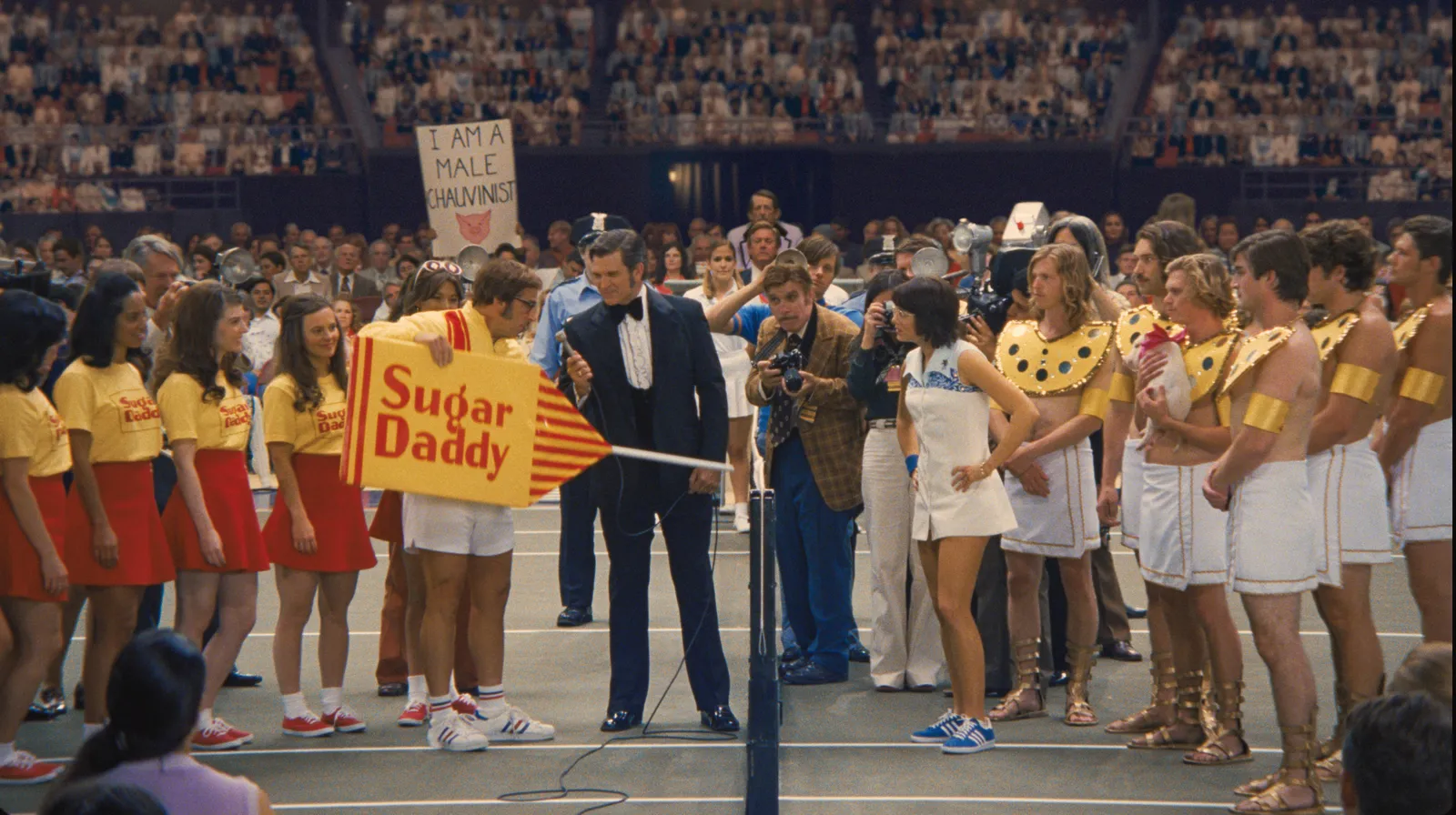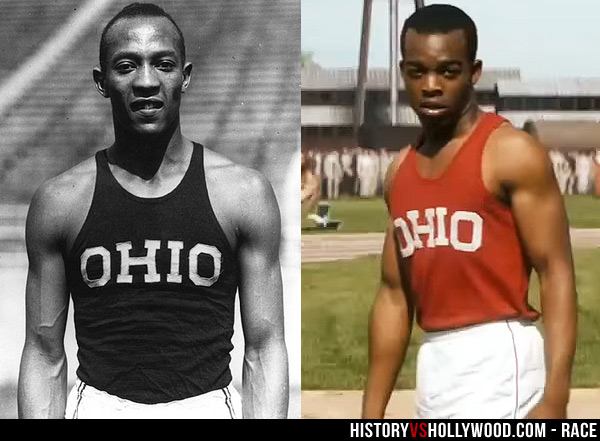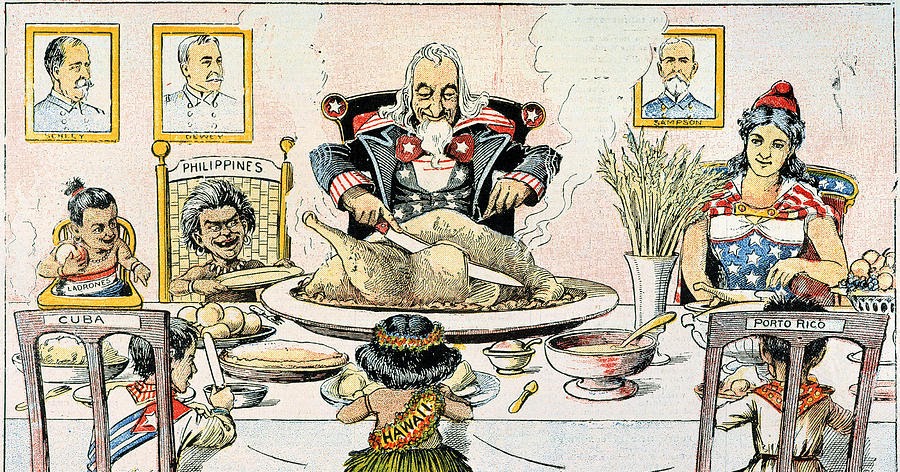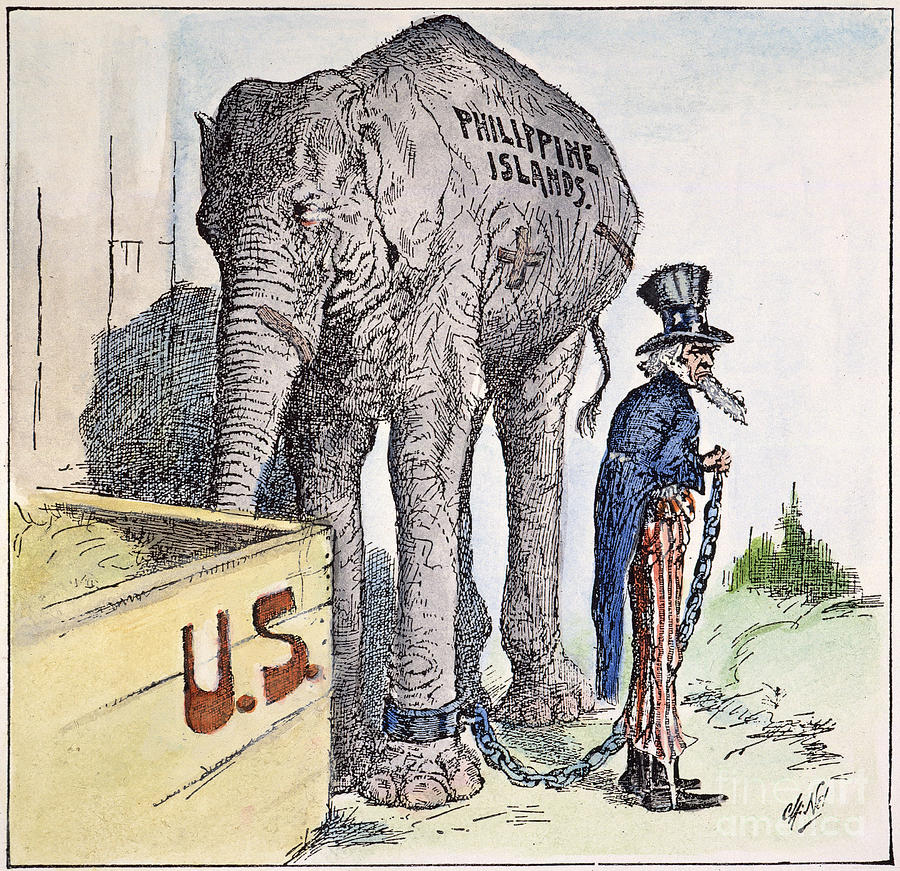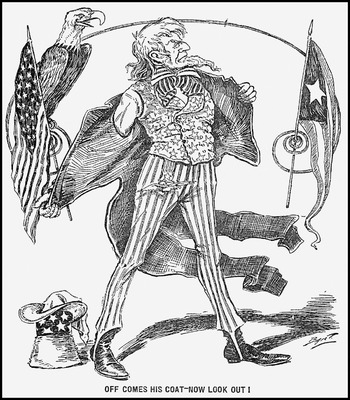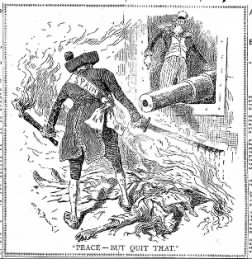One of the primary themes that I’ve wanted you to consider over this unit on the American Revolution was the concept of whether or not it was a conservative revolution (people trying to keep powers/rights that they already have been exercising for years) or whether it was truly a radical revolution (people striking out on their own by overthrowing an existing political or social order and creating a new one). American historians have been debating the very nature of the American Revolution soon after it ended.
My attitudes about the Revolution have changed over the past fifteen years since I’ve started teaching APUSH, so my ideas have become more nuanced. What I mean by that is that I used to believe what most of you have probably been taught – we were right and the British were tyrants, and it was just a matter of time that we asserted our unalienable rights by breaking away from the British empire to become the greatest nation in the history of the world.
However, the more I study the Revolution, the more I see numbers like the taxation issue (Brits were taxed 26 shillings to the colonists’ 1 shilling), and I wonder what the big deal was. Parliament wasn’t asking the colonies to pay the debt of 133 million pounds sterling that the empire had accrued during the French and Indian War – just 1/3 of the 100,000 pounds that it cost for the soldiers to stay in North America to protect the Indigenous nations on the other side of the Proclamation Line of 1763. Part of me sees the Stamp Act riots as an overreaction, the Boston Tea Party as vandalism not patriotism, and that the Revolution was about how indebted the wealthy were to the British and hoped to be freed from their debts by overthrowing the system.
The study of the history of the history, or historiography, looks at how historians framed the American Revolution. What follows is a brief summary of how historians throughout American history have interpreted the Revolution. Most often, the facts of major and minor events don’t change, it is the times and interpretations that change and reflect the historians’ view points.
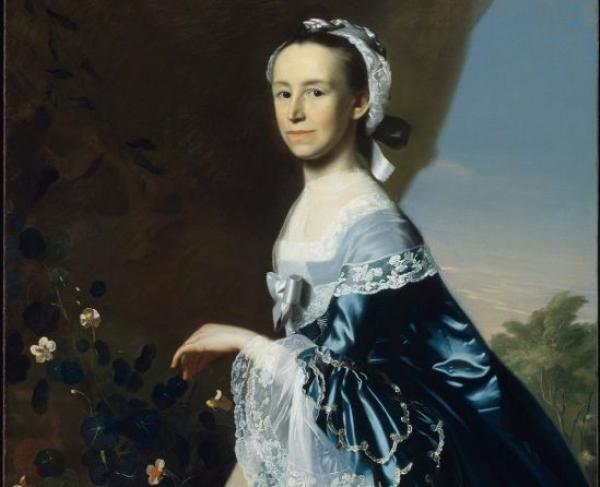 One of the very first histories of the American Revolution was written by Mercy Otis Warren and published in 1805; it was called The History of the Rise, Progress, and Termination of the American Revolution. Her history began with the Stamp Act and continued in 3 volumes to chronicle life after the Revolution, including the writing of and debates over the Constitution. She was worried that without a national Bill of Rights, the new Constitution “Betray the people of the United States into an acceptance of a most complicated system of government, marked on the one side with the dark, secret and profound intrigues of the statesman … and on the other, with the ideal project of young ambition … to intoxicate the inexperienced votary.” She was sharply critical of the Federalists who supported the new Constitution, and would later criticize Presidents George Washington and John Adams (though she wasn’t critical of Washington’s military success). The books didn’t sell well, but her history has become a great source for current historians to look over her sources and immediate insights so soon after the war.
One of the very first histories of the American Revolution was written by Mercy Otis Warren and published in 1805; it was called The History of the Rise, Progress, and Termination of the American Revolution. Her history began with the Stamp Act and continued in 3 volumes to chronicle life after the Revolution, including the writing of and debates over the Constitution. She was worried that without a national Bill of Rights, the new Constitution “Betray the people of the United States into an acceptance of a most complicated system of government, marked on the one side with the dark, secret and profound intrigues of the statesman … and on the other, with the ideal project of young ambition … to intoxicate the inexperienced votary.” She was sharply critical of the Federalists who supported the new Constitution, and would later criticize Presidents George Washington and John Adams (though she wasn’t critical of Washington’s military success). The books didn’t sell well, but her history has become a great source for current historians to look over her sources and immediate insights so soon after the war.
Bancroft
The pre-Civil War era (1840-1870) was filled with historians who saw the Revolution as a quest for liberty, and the most important scholar was George Bancroft who wrote a ten-volume History of the United States. Bancroft felt that the Revolution was a “struggle between liberty and tyranny… represent[ing] one phase of a master plan by God for the march of all mankind toward a golden age of greater human freedom” (Bancroft 13). Bancroft represented a national historian who told America’s epic origin story in an ultra-patriotic way. After the Civil War, however, historians wanted to reassess the Revolution in light of the country’s amazing industrial growth.
Imperial and Progressive Schools
The Imperial School (1890s – 1940) believed that political and constitutional issues brought on the Revolution. Britain’s colonial policies were not as unjust as Bancroft had said. There were benefits and burdens with the Navigation Acts, and the colonists benefited under Salutary Neglect too. Also, Imperial School historians felt that the British were justified in taxing the Americans b/c it was British blood and treasure spent during the 7 Years War – 1754-63. American colonies had moved in the direction of more home rule which, in essence, was revolutionary, by nature, and set up an inevitable conflict.
The Progressive School (1910s-1940s) emphasized that the Revolution was sparked by the economic split brought on by the competition between the colonies and the mother country. Not only that, but the Progressives placed a great emphasis on class conflict, so this Revolution was actually two revolutions – external against Britain and internal between social classes (which social class would rule America after the British left?). Historian Arthur Schlesinger noted that usually conservative merchants played a key role in kick-starting the Revolution b/c they feared what would happen to their positions if the lower classes won the internal Revolution.
Consensus Movement
Historians in the 1950s, the consensus school of history, feel that there wasn’t class conflict during this time period, but that a “shared commitment to certain fundamental political principles of self-government” was what bound the colonists together (Bailey 140). It was these ideas – liberty, voting, representative government, trial by jury, habeas corpus – that bound Americans together. The leading historian of this movement was one of my favorites, Daniel Boorstin. It was these grand, shared ideas that bound the varied colonial interests together and minimized the social and economic conflicts that could have torn the colonies apart.

After the 1950s, historian Bernard Bailyn focused on ideological and psychological factors that drove the Revolution. He had read hundreds and hundreds of pamphlets from the Revolutionary era and discovered that not only were the colonists extremely literate, they were very knowledgeable of political and constitutional theory. These Revolutionary writers also grew suspicious (some say too sensitive) of conspiracies, and this hypersensitivity led the colonists to begin armed revolt in 1775 at Lexington and Concord.
New Left (1960s, 70s)
Another one of my favorite historians, Gary Nash, has examined the social and economic forces that moved the Revolution along. He pointed out the increasing gap between the social classes and lack of social mobility before the Revolution, especially among the people who lived in the countryside. Attacks by the poor (the Paxton Boys in PA and the Regulators in N.C.) on the wealthy before the Revolution are prime examples of the frustration and resentment that laborers and frontier farmers felt at being left out of the rapid economic change happening along the eastern coast of the colonies. Unlike the Progressive historians, the New Left historians like Nash don’t pin all of the conflict upon economic conflict but include social changes as well.
Using what you’ve read here and in chapters 4 and 5 (“How Radical was the Revolution?” on p. 95 in the review book, and “Debating the Past” in Ch. 5 of the hardcover textbook, pgs. 132-33), provide with me some insight into what you think our American Revolution was – a conservative revolution or truly radical one in nature or somewhere in between – maybe both? Don’t forget the handout, “Conflicting Views” too (included in the handout with the Navigation Acts on the first page). Also, please provide some rationale for your answer from the ideas above and the Gary Nash article, “The Radical Revolution from the ‘Bottom Up’”.
Due Monday, October 9th by class time. Minimum of 350 words.
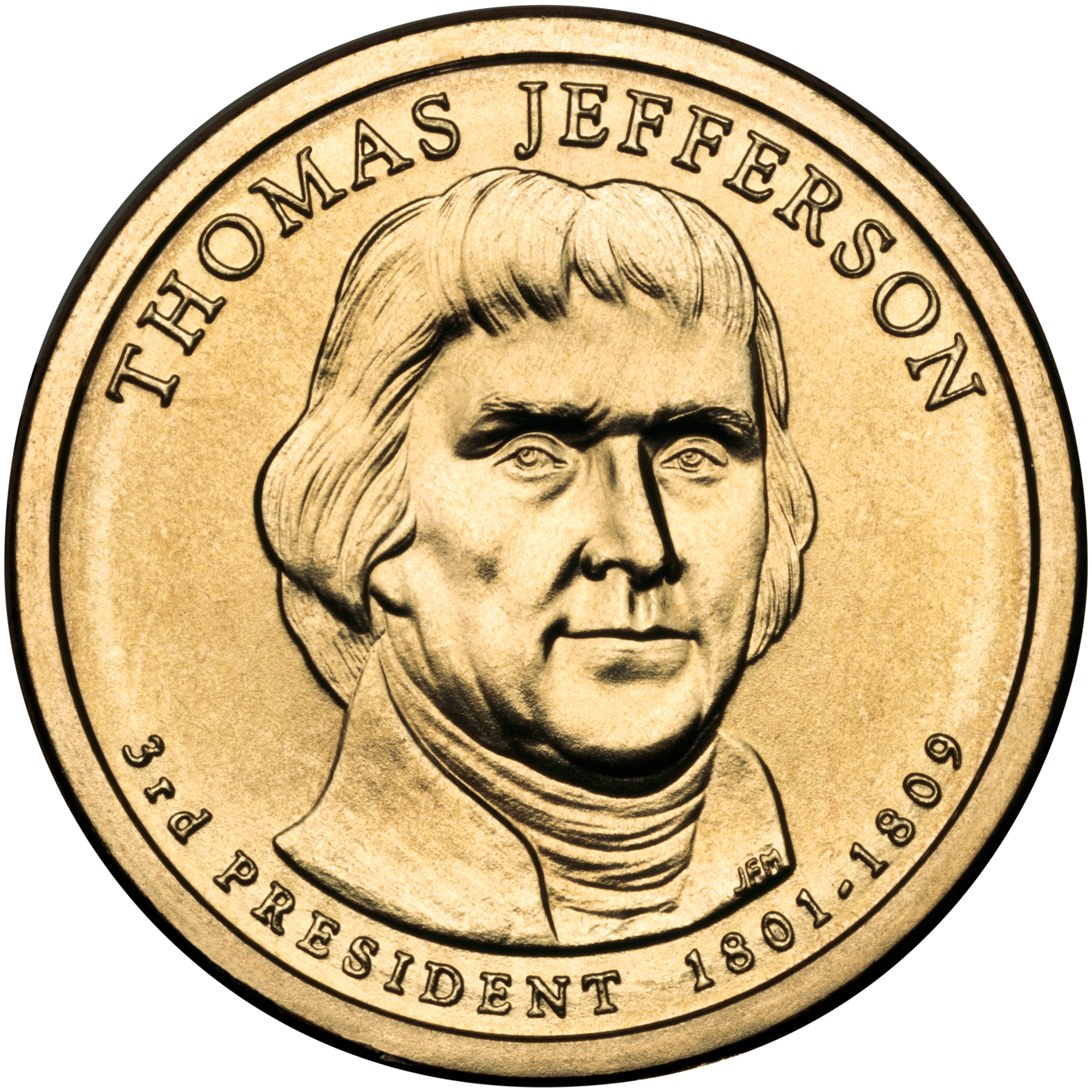

 One of the very first histories of the American Revolution was written by
One of the very first histories of the American Revolution was written by 

